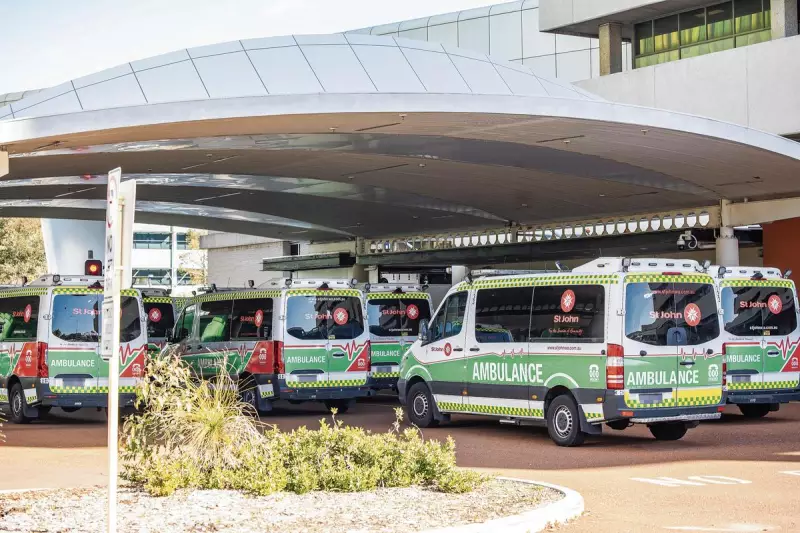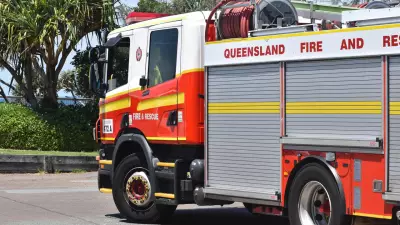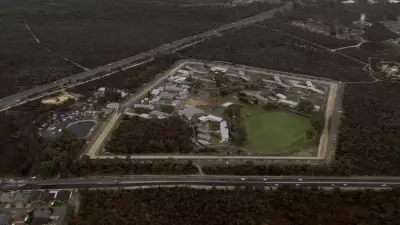
St John WA has pointed to a perfect storm of inadequate government funding, widespread mould contamination and measles outbreaks as key factors behind the state's ambulance service failures, despite recording a significant revenue increase. The revelations came during a parliamentary inquiry into ambulance ramping that exposed systemic challenges facing the state's emergency medical response system.
Funding Dispute Takes Center Stage
The organisation reported receiving $367 million from the WA government in 2022-23, representing an increase from previous years. However, St John WA chief executive Kevin Brown told the inquiry this funding remains insufficient to meet growing demand and operational costs. The service requires substantial additional resources to address critical infrastructure issues and staffing challenges that have compromised response performance across metropolitan and regional areas.
Brown emphasised that government funding accounts for approximately 85% of St John's total revenue, with the remainder generated through ambulance subscriptions and other sources. Despite the revenue growth, the organisation continues to face financial pressure due to escalating operational expenses and infrastructure maintenance costs.
Infrastructure and Health Crises Compound Problems
The inquiry uncovered that mould contamination has forced 28 ambulances out of service, creating significant gaps in the emergency vehicle fleet. This contamination resulted from water ingress issues in multiple vehicles, requiring extensive remediation efforts before they can safely return to operational duty.
Compounding the vehicle shortage, a recent measles outbreak necessitated 17 paramedics to enter quarantine, further straining an already stretched workforce. This combination of vehicle unavailability and staff shortages has created critical vulnerabilities in the state's emergency medical response capabilities during peak demand periods.
Response Time Performance Under Scrutiny
Official data presented to the inquiry revealed St John WA failed to meet its target of responding to 50% of priority one calls within 10 minutes during the 2022-23 financial year. The actual performance reached only 48.8%, falling short of the benchmark for the most time-critical emergencies.
For priority two calls, the service achieved a 61.5% response rate within the targeted 20 minutes, slightly exceeding its 60% goal but still leaving many patients waiting longer than recommended for urgent medical attention. These performance gaps have raised concerns about potential impacts on patient outcomes, particularly for life-threatening conditions requiring immediate intervention.
The organisation has identified several contributing factors to the response time challenges, including increased demand, hospital ramping delays, and resource allocation difficulties across the vast geographic coverage area of Western Australia. Metropolitan areas have been particularly affected by hospital transfer delays, where paramedics wait extended periods to hand over patients to emergency departments.
St John WA officials have committed to implementing improvement strategies and working collaboratively with the state government to address the systemic issues affecting ambulance service delivery. The organisation continues to advocate for sustainable funding models and infrastructure investments to ensure reliable emergency medical response for all Western Australians.





